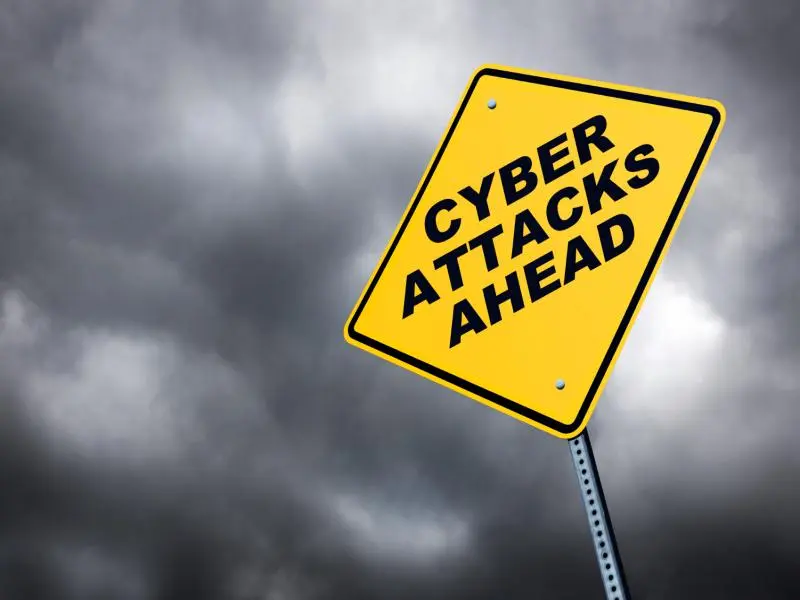- U.S. utilities have seen a staggering 70% increase in cyberattacks this year, highlighting the critical infrastructure’s susceptibility.
- The rapid expansion of the power grid to accommodate the soaring power demand has regrettably rendered the utilities increasingly prone to such attacks.
OUR TAKE
The surge in cyberattacks on U.S. utilities not only underscores the immediate threat to critical infrastructure but also highlights the broader implications for national security, economic stability, and public safety. As such, bolstering cybersecurity measures in the utilities sector is not just a matter of individual company protection but a crucial element in safeguarding the nation’s infrastructure resilience and ensuring the uninterrupted delivery of vital services to communities across the country.
–Rebecca Xu, BTW reporter
What happened
There have been an average of 1,162 cyberattacks on U.S. utilities as of August this year, a significant rise from 689 attacks in 2023, Check Point data shows. While no U.S. utility has been crippled by these attacks, experts caution that a coordinated assault could have severe consequences, impacting essential services and causing substantial financial losses.
The energy sector remains a prime target for cyberattacks, with incidents like the Colonial Pipeline shutdown in May 2021 highlighting the sector’s vulnerabilities. As cyber defences in the utilities industry lag behind those of tech giants like Apple and Microsoft, compliance with regulations such as NERC‘s Critical Infrastructure Protection only offer basic protection, leaving the sector at risk.
The increasing interconnections in the grid, including links to new customers like Gen-AI data centres, are creating more potential entry points for cybercriminals. With the U.S. election approaching, cybersecurity experts warn of a potential surge in cyberattacks on critical infrastructure, underscoring the urgent need for enhanced defences to safeguard the nation’s utilities and power systems.
Also read: France confronts 68 cyberattacks targeting Olympics
Also read: US proposes requiring reporting for AI and cloud providers
Why it’s important
The surge in cyberattacks on U.S. utilities this year, signifies a critical juncture in the cybersecurity landscape. With a 70% increase, this trend underscores the urgency for enhanced defensive measures within the utilities sector, which is a cornerstone of national infrastructure. The potential consequences of such attacks extend beyond the financial, with the capacity to disrupt essential services, impact public safety, and erode trust in digital systems.
As the energy sector continues to modernise, the integration of IoT and ICS technologies without parallel advancements in cybersecurity poses a significant risk. The financial toll, as indicated by IBM’s report on the cost of data breaches, is substantial, but the true cost also includes the intangibles such as reputational damage and the undermining of public confidence in the resilience of critical infrastructure.
The anticipated increase in cyberactivity during the U.S. election year further complicates the scenario, suggesting a need for proactive strategies and collaborative defence mechanisms. The situation necessitates a paradigm shift in how utilities approach cybersecurity, moving from a reactive to a proactive stance, and investing in advanced security solutions to safeguard against future threats.

